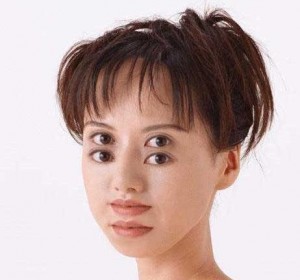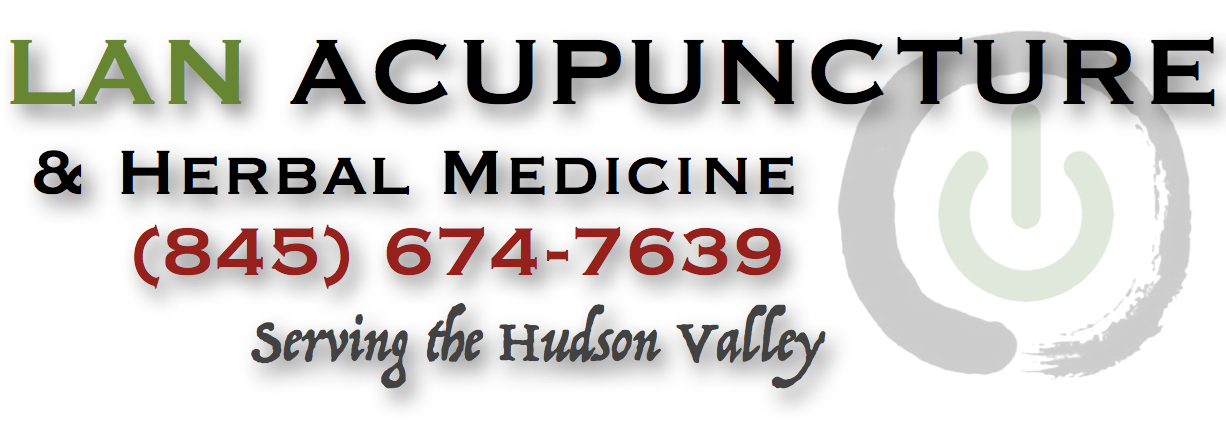 MRI investigation confirms that acupuncture point UB60, located in the ankle region, regulates vision. This new study builds on the research conducted at the University of California, Irvine wherein acupuncture point TB5 was shown to activate the auditory cortex of the brain. The amazing correlation of Traditional Chinese Medicine (TCM) to biomedicine is that UB60 and TB5 have been indicated for the treatment of vision and hearing disorders, respectively, for over 1,000 years.
MRI investigation confirms that acupuncture point UB60, located in the ankle region, regulates vision. This new study builds on the research conducted at the University of California, Irvine wherein acupuncture point TB5 was shown to activate the auditory cortex of the brain. The amazing correlation of Traditional Chinese Medicine (TCM) to biomedicine is that UB60 and TB5 have been indicated for the treatment of vision and hearing disorders, respectively, for over 1,000 years.
This new study was conducted through a collaborative effort between Kyung Hee University (Korea) and Kyung Hee Hospital. Important control mechanisms for the MRI investigation included a comparison of verum acupuncture and sham acupuncture needle insertion groups. In addition, the effects of pain induced by needle stimulation were eliminated by incorporation of both pre-anesthetic MRI readings and post-anesthetic MRI readings. The researchers discovered “that specific effects of acupoint BL60 [UB60, Kunlun] are to control vision sense as used in the clinical setting.”
The fMRI images were taken under the strictest control settings. All images were taken with a Tesla whole body MR scanner with an 8-channel head coil. Participants were placed into the magnetic bore head in a supine position wearing helmets lined with foam padding. This helped to enhance image quality and accuracy by reducing motion artifacts. The use of anesthetics to rule out interference in the cortical activation of visual areas of the brain by pain sensations induced by the needle helped to increase accuracy. The findings with non-anesthetic and anesthetic verum acupuncture show that acupuncture stimulation at UB60 regulates visual areas of the brain. By ruling out pain with anesthetics, the effects of superficial pricking of tissues is eliminated from cortical measurements. Notably, this is not an isolated finding and other research confirms that UB60 benefits vision.
The researchers studied the activation of specific brain areas by UB60 and compared it with sham acupuncture. Sham acupuncture did not activate visual areas but the verum acupuncture did. The researchers note “these results confirm the specificity of acupoint BL60 as suggested in previous studies and suggest the clinical usefulness of BL60 in body reorientation via a pain-related or pain-unrelated pathway.” The researchers also noted, “Recent research showed that this acupoint activates bilateral regions within the visual cortex through interhemispheric visual-visual transmission, as well as adjacent regions in nonvisual cortices. Additionally, tempospatial analysis showed vision-related acupoint specificity, including BL60.”
Another recent study confirms acupuncture point specificity. The study revealed that needling acupuncture points causes specific brain patterns associated with traditional TCM treatment indications. This study also verified the results against a sham acupuncture group. Verum acupuncture elicited activation of brain centers related to the functions and indications of the acupuncture points as designated by Traditional Chinese Medicine (TCM).
LV3 (Taichong) and ST44 (Neiting) were stimulated and MRI measurements confirmed unique brain responses for each point. The researchers note that, “Acupuncture at adjacent acupoints elicits distinct cerebral activation patterns, and those specific patterns might be involved in the mechanism of the specific therapeutic effects of different acupoints.” LV3 stimulated the middle occipital gyrus, an area of the brain associated with the visual cortex. LV3, although located on the foot, is an acupuncture point that has been used for the treatment of visual disturbances for over 1,000 years. The researchers note that, “The results confirmed the view that therapeutic effects of acupuncture may work through the central nervous system pathway.” The study also notes that Traditional Chinese Medicine indications for acupuncture point ST44 are for the treatment of toothaches, sore throat, stomachache, swelling and pain of the foot. MRI imaging demonstrated that ST44 activated areas of the brain associated with pain processing. The researchers commented, “Our results provide supplementary neuroimaging evidence for the existence of acupoint specificity.”
In yet another study, researchers discovered that acupuncture points CV12 and UB32 stimulate the internal organs associated with their respective TCM functions and indications. Electrogastrogram and HRV readings verified unique properties of stimulation to the heart, stomach and intestines.
An additional MRI study discovered unique brain activation of centers related to migraines when acupuncture points TB5 (Waiguan), GB34 (Yanglingquan) and GB20 (Fengchi) were needled. Traditionally, these points are indicated for the treatment of migraines in the TCM system. PET-CT neuroimaging revealed that these acupuncture points “induce different cerebral glucose metabolism changes in pain-related brain regions and reduce intensity of pain” for patients with migraines.
The Eyes Have It
Getting back to the first study on UB60, the MRI findings demonstrating that this acupoint stimulates the visual cortex correlates to TCM functions and indications for this point. In TCM, UB60 is a Jing River and Fire point. It functions to disperse wind, clear the channels, relax the sinews and muscles and benefits the lower back. UB60 is traditionally indicated for visual dizziness and dimness of vision with severe eye pain, especially when combined with acupuncture points UB10 (Tianzhu) and GV13 (Taodao). UB60 is also indicated for redness, swelling and pain of the eyes. In addition, UB60 is used to relieve upward staring of the eyes induced by epilepsy. UB60 is also commonly used for the treatment of headaches, lower back pain, stiff neck, ankle pain, heel pain and difficult labor.
Excerpt from:
MRI Shows Acupuncture Improves Vision







